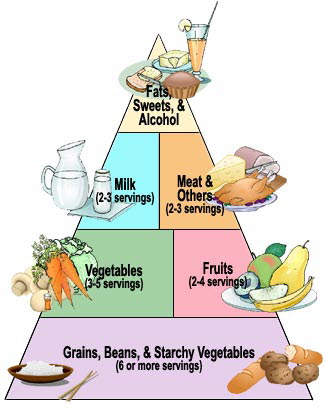In light of the recent incidents in Japan with the radioactive fallout, we know that many of you are looking for information on iodine supplements and we want to support you with information that might be helpful to you.
Should I be taking iodine?
You should only take high doses of potassium iodide when your local authorities instruct you to. High doses of iodine should not be taken every day.
How does potassium iodide protect me?
According to the Centers for Disease Control and Prevention (CDC):
- Taking high doses of potassium iodide will saturate the thyroid with non-radioactive iodine helping to prevent the thyroid from absorbing radioactive iodine.
- If the gland has enough iodine in it, the thyroid doesn't absorb any radioactive iodine and it is flushed out of the system in urine.
- Potassium iodide will not protect you from general radiation.
Please be aware that taking potassium iodide in higher dosages or more often than recommended can cause severe illness.High doses of potassium iodide should only be taken when directed by local health authorities.
How much Potassium Iodide should be taken?
How often should someone take potassium iodide in the event of a nuclear incident? These high doses of potassium iodide should only be taken once per day and only for the few days when instructed by your local authorities. Repeat doses should be avoided by pregnant women and newborn infants. Is there a real threat of radioactive contamination in the U.S.? "... we see a very low likelihood -- really a very low probability -- that there's any possibility of harmful radiation levels in the United States, or in Hawaii or in any other U.S. territories." To learn more, watch this informative video or to get additional information from the Centers for Disease Control and Prevention. |
|---|





